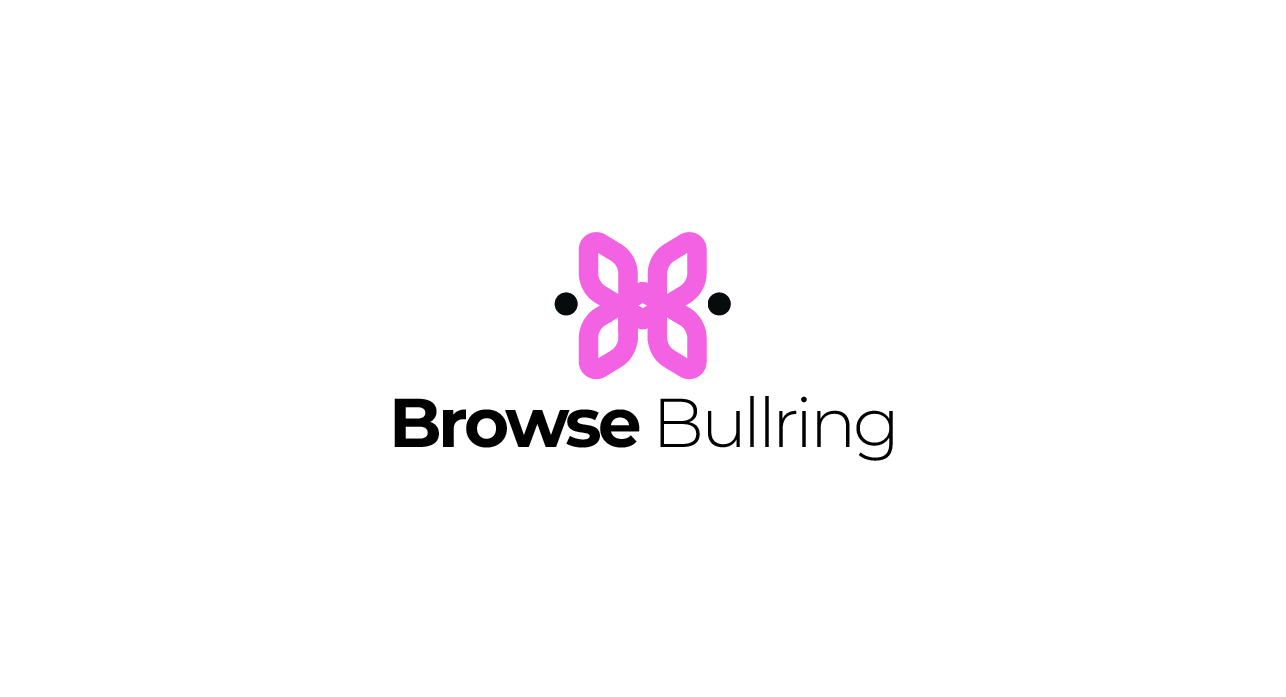Understanding the amazing complexity of sign language
Evolution and Diversity
Contrary to popular belief, sign languages are not universal. Just as there are numerous spoken languages, there exist numerous sign languages, each with its own syntax, grammar, and vocabulary. American Sign Language (ASL), British Sign Language (BSL), and Japanese Sign Language (JSL) are just a few examples among the hundreds of distinct sign languages worldwide.
The development of sign languages often arises organically within Deaf communities. Over time, these languages evolve and adapt, shaped by cultural influences and regional variations. This diversity reflects the rich linguistic heritage of Deaf communities and underscores the importance of recognizing sign languages as fully-fledged languages in their own right.
Linguistic Structure
One of the most fascinating aspects of sign languages is their linguistic complexity. They are not simply a series of gestures representing words but rather possess intricate grammatical structures comparable to spoken languages.
For example, in ASL, word order is crucial for conveying meaning. Placing signs in a different sequence can alter the intended message or grammatical structure of a sentence. Similarly, facial expressions and body movements, known as non-manual markers, play a crucial role in conveying tone, mood, and grammatical information.
Moreover, sign languages exhibit morphological features such as classifiers, which are handshapes that represent categories of nouns or verbs. These classifiers add depth and specificity to the language, allowing signers to convey nuanced concepts and descriptions.
Cultural Significance
Sign languages are not just tools for communication; they are also integral to Deaf culture and identity. For many Deaf individuals, sign language is their primary means of expression and connection with others who share their language and experiences.
Through sign language, Deaf communities preserve their unique cultural heritage, traditions, and stories. Sign language poetry, storytelling, and performance art are vibrant expressions of this cultural richness, highlighting the creative potential inherent in sign languages.
Furthermore, sign language plays a vital role in fostering inclusivity and accessibility. By promoting the use of sign language in various domains, such as education, employment, and media, societies can empower Deaf individuals and ensure their full participation in all aspects of life.
Challenges and Misconceptions
Despite the complexity and importance of sign languages, they are often marginalized or misunderstood. In many societies, there persists a lack of awareness about the linguistic and cultural significance of sign languages, leading to misconceptions and discriminatory attitudes.
One common misconception is that sign language is a universal gestural system understood by all Deaf individuals. In reality, individuals who are Deaf may communicate using different sign languages depending on their geographic location and cultural background.
Moreover, the linguistic abilities of Deaf individuals are sometimes underestimated or overlooked. There is a prevailing belief that written or spoken language is inherently superior to sign language, which undermines the linguistic rights and autonomy of Deaf communities.
Promoting Awareness and Inclusivity
To address these challenges and foster greater understanding of sign languages, it is essential to promote awareness and inclusivity at all levels of society. This includes incorporating sign language education into school curricula, providing resources and support for Deaf individuals and their families, and promoting the use of sign language in public spaces and media.
Additionally, efforts to increase accessibility, such as providing sign language interpretation services and captioning, can help bridge communication barriers and ensure that Deaf individuals have equal access to information and services.
Furthermore, it is crucial to challenge misconceptions and stereotypes about sign languages and Deaf culture. By recognizing the linguistic and cultural diversity of Deaf communities and valuing sign languages as legitimate forms of communication, societies can create more inclusive and equitable environments for all.
Conclusion
Sign language is a remarkable testament to the ingenuity and resilience of Deaf communities worldwide. Its complexity, linguistic richness, and cultural significance underscore the importance of recognizing and respecting sign languages as integral components of human diversity.
As we strive for greater inclusivity and understanding, let us embrace the beauty and diversity of sign languages and work together to build a world where every individual, regardless of their hearing status, can fully participate and thrive. By celebrating sign languages as expressions of human creativity and connection, we enrich our collective experience and create a more vibrant and inclusive society for all.




0 Comments